Does A Big TV Use More Electricity?
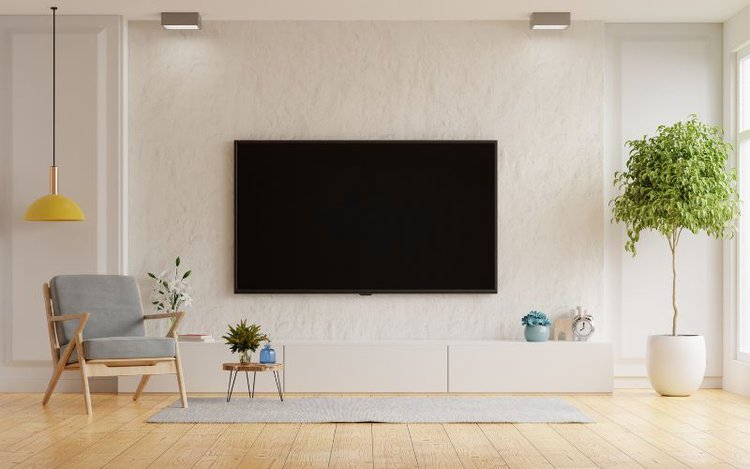
What To Know
- Larger TVs use more electricity due to the increased screen area that requires lighting and powering.
- Energy consumption also varies significantly by the type of TV, with plasma TVs using more energy than LCDs and LEDs.
In this article, we’ll explore how larger TVs compare to their smaller counterparts in terms of electricity usage and provide insights into managing your home’s energy efficiency effectively.
Ready to enhance your knowledge on power consumption by your home entertainment? Let’s get to the core of it.
Quick Navigation
Does a Big TV Use More Electricity?

Yes, big TVs use more electricity.
Big TVs consume more electricity than smaller TVs because they have a bigger screen to light up and control.
So, if you’re swapping your 32-inch TV for a 90-inch unit, expect your electric bill to increase.
The same can be said about monitors, smartphones, and tablets.
An electronic’s screen consumes the majority of its energy, even more so if it’s a touch-screen with constantly moving images.
How Much Electricity Does a Big Screen TV Use? (55-Inch, 70-Inch, 75-Inch)
A TV’s electrical consumption depends on its screen size.
Now that we know that bigger TV screens consume more electricity, let’s go over how much energy differently sized TVs use.
We will cover how much they use, on average, when turned on and when powered off (or in standby mode). TVs in standby mode use a small amount of electricity to power the “on” light and other small functions.
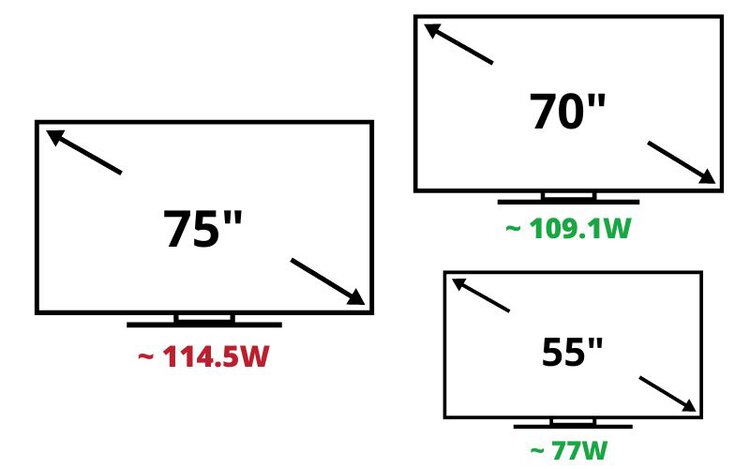
Note that these figures are estimates since several other factors determine how much energy a TV consumes.
55-Inch
The mean amount of electricity a 55-inch TV consumes when powered on is 77 Watts. When in standby mode, the same TV will use 1.4 Watts of electricity.
70-Inch
A 70-inch TV uses, on average, 109.1 Watts of electricity when turned on. In standby mode, it uses about 0.5 Watts of electricity.
75-Inch
75-inch TVs usually consume around 114.5 Watts while turned on and 2.6 Watts when powered off.
What Else Determines a TV’s Electrical Consumption?
Other aspects of your TV’s hardware and software change your TV’s electrical consumption.
A TV’s screen size isn’t the only thing that controls how much electricity it uses.
Let’s learn what else you should keep your eye out for when estimating your TV’s electrical consumption.
The Type of TV
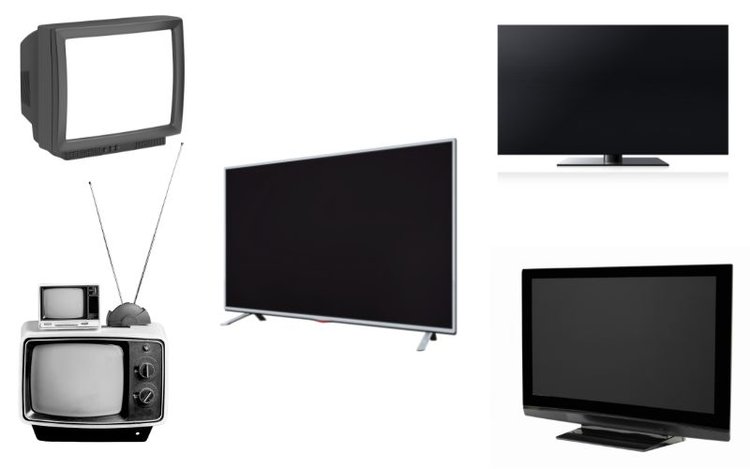
Different types of TVs use various amounts of electricity.
Plasma TVs are famously very energy consuming, even though they’re also known for their dim screens and frequent glitches.
Although CRT TVs, or tube TVs, are less energy-consuming than plasma TVs, their screens are much smaller. So, don’t be fooled by a CRT TV’s low wattage, as it probably has an equally small screen to match.
LCD TVs are the second-most environmentally and economically friendly type of TV.
You know that LED light bulbs are the best choice for saving money on your electrical bill. Similarly, LED TVs are the least energy-consuming type of TV.
If It’s a Smart TV or Not
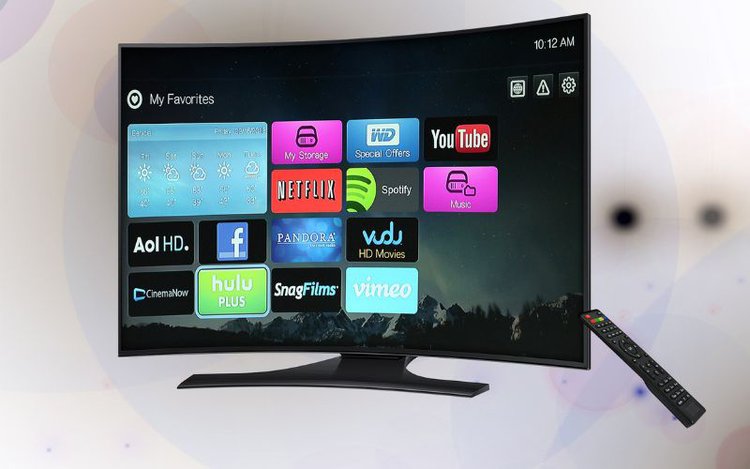
Smart TVs can connect to the internet, allowing you to install apps and browse the internet.
Consequently, they consume more energy since all of the included smart features take more power.
Regular TVs, on the other hand, only allow you to change the channel, volume, input source, and a few basic picture and sound settings.
Picture Resolution

Because a TV’s display sucks the most energy, it’s no surprise that TVs with a higher picture resolution use more electricity.
So, your big, smart, 4K TV could heavily contribute to your electric bill.
TV vs. Refrigerator vs. Air Conditioner Electricity Use
These household appliances use different amounts of electricity.
Let’s go over how much electricity the most common household appliances use.
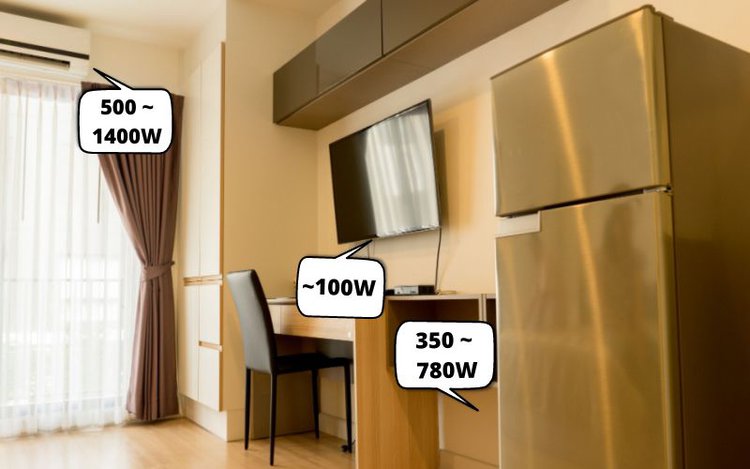
TV
It’s difficult to say exactly how much energy TVs use since the kind of screen they have and their size plays a big part in how much electricity they consume.
For instance, 50-inch LED screens usually use around 100 Watts while a 42-inch plasma TV uses about 500 Watts!
Refrigerator
Depending on your refrigerator’s size and temperature, it could use between 350 to 780 Watts.
Mini-fridges (like the kind you’d find in a hotel or dorm room) use significantly less energy at 50 to 100 Watts.
Air Conditioner
Air conditioners’ wattage varies widely depending on their size and brand.
The biggest units consume around 1400 Watts, while the smallest only use 500 Watts.
It’s also important to mention that many air conditioners are not actively on the entire time, but instead periodically release cold air. This allows them to cool your room without producing a heart-attack-worthy electric bill.
What Consumes the Most Electricity in Your Home?
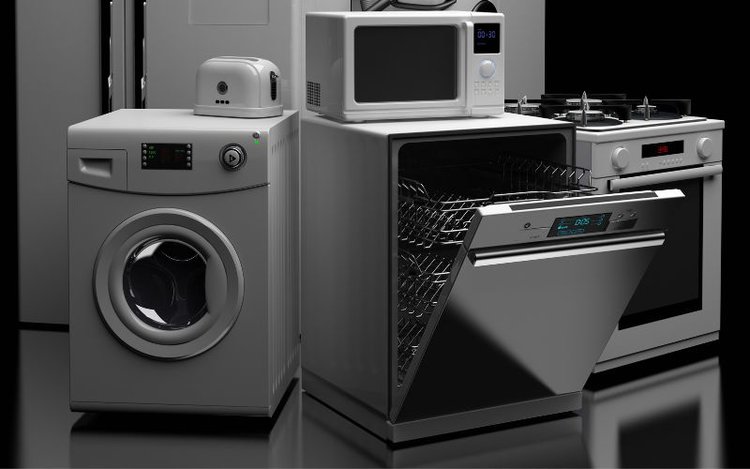
AC/heating and laundry appliances consume the most electricity in your home.
Are you someone who blasts the AC during the summer and cranks up the heat during the winter? If so, then you’re probably spending an inordinate amount of money to keep your house at the perfect temperature.
Temperature regulating appliances use a lot of energy, especially when they’re used to evenly cool or heat large, open spaces.
Laundry appliances, especially dryers, use a lot of electricity.
Supplying a steady stream of hot air to your clothes for an hour or so isn’t cheap, nor is it environmentally friendly.
So, what’s the biggest takeaway here? It always takes a lot of energy to make something colder or hotter in the home.
Wrapping Things Up
Big TVs do use more electricity than smaller units.
However, the type of TV you have will make the biggest difference. Eco-conscious individuals should avoid purchasing plasma or CRT TVs, and instead opt for an LCD or LED screen.
AC/heating and your washer/dryer will use the most energy in your home, so use them sparingly to keep your electric bill and carbon footprint as low as possible.
Did you know that big TVs use more electricity? How will you use this information to decrease your home’s electrical consumption?
Let us know in the comments below!
Yesenia Achlim is a technical copywriter and editor with a focus on AV equipment. She aims to break down complicated topics and make technology accessible, no matter your technical expertise. When she’s not teaching you how to replace a projector lamp, you can find her reading and baking.

